
Ingredient
Yams and similar-
The Versatile Tuber: Exploring Yams and Similar Varieties
Yams and similar tubers are starchy root vegetables with a firm texture and a mildly sweet taste. They come in various colors, including white, yellow, and purple, and can be cooked in numerous ways, such as boiling, roasting, or mashing. Their flesh is often dense and moist, making them a popular choice for hearty dishes.
Origins and history
Yams have a rich history dating back thousands of years and are believed to have originated in Africa. They have been a dietary staple in many African, Asian, and Caribbean cultures, where they are often celebrated during festive occasions. Yams were introduced to other parts of the world through trade and colonization, and today they are cultivated in many tropical and subtropical regions.
Nutritional information
Yams and similar tubers are a good source of dietary fiber, vitamin C, and potassium. They are also low in fat and calories, making them a nutritious addition to a balanced diet.
Allergens
Yams and similar tubers are not known to be common allergens, but individuals with latex allergies may experience cross-reactivity when consuming yams.
How to select
When selecting yams and similar tubers, look for ones that are firm, free from blemishes, and have smooth skin. Avoid tubers with soft spots or signs of mold. Additionally, choose yams that feel heavy for their size, as this indicates freshness.
Storage recommendations
To store yams and similar tubers, keep them in a cool, dark, and well-ventilated place, such as a pantry or cellar. Avoid storing them in the refrigerator, as the cold temperature can alter their texture and flavor. Properly stored, yams can last for several weeks.
How to produce
Yams and similar tubers can be grown in home gardens by planting tubers or slips in well-draining soil with plenty of sunlight. Regular watering and fertilization will help promote healthy growth. Harvest the tubers when the leaves start to turn yellow and wither.
Preparation tips
Yams can be prepared in various ways, such as boiling, baking, or frying. To boil yams, peel and cut them into chunks, then cook in salted water until tender. For baking, wrap whole yams in foil and roast in the oven until soft. Yams can also be mashed, pureed, or used in soups, stews, and desserts. To enhance their natural sweetness, try adding spices like cinnamon or nutmeg.
Substitutions
Sweet potatoes can be used as a substitute for yams in most recipes, as they have a similar texture and flavor. However, it's important to note that true yams have a more starchy and less sweet taste compared to sweet potatoes.
Culinary uses
Yams and similar tubers are widely used in various cuisines around the world. They can be boiled and mashed to make a creamy side dish, roasted for a crispy texture, or added to soups and stews for added heartiness. In African and Caribbean cuisines, yams are often featured in festive dishes like yam porridge or yam pottage.
Availability
Yams and similar tubers are commonly available in tropical and subtropical regions, including Africa, Asia, the Caribbean, and parts of South America.
More ingredients from this category
Recipes using Yams and similar- » Browse all
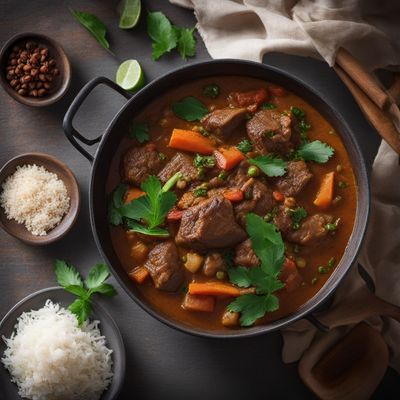
Grenadian Lamb Stew with Local Spices
Spiced Lamb Delight: A Grenadian Twist on French Navarin

Metemgee - Guyanese Coconut Milk Stew
Tropical Delight: Guyanese Coconut Milk Stew
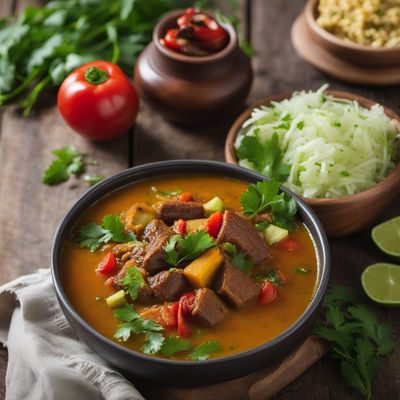
West Indian Achu Soup
Caribbean Delight: West Indian Achu Soup

Paniki-inspired Chicken Stew with Island Flavors
Caribbean Chicken Delight: A Fusion of Indonesian and Virgin Islands Cuisine
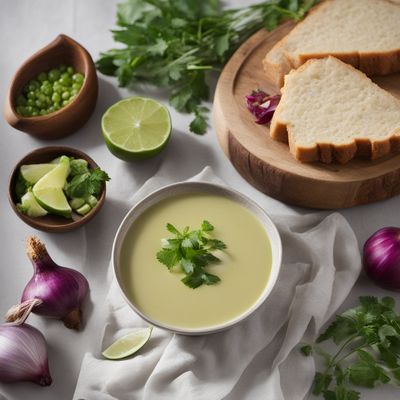
Grenadian-inspired Chilled Yam and Coconut Soup
Caribbean Breeze: Chilled Yam and Coconut Soup with a Grenadian Twist

Togolese-inspired Stuffed Yam Rolls
Savory Yam Delights: A Togolese Twist on Stuffed Börek
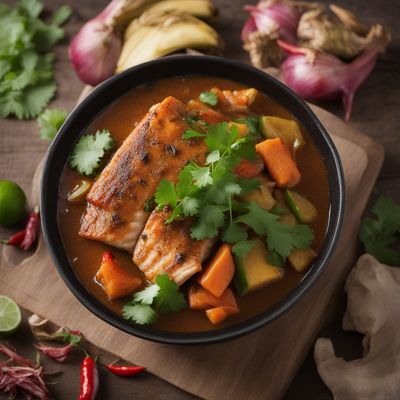
Solomon Islands Style Fish Stew
Tropical Delight: Solomon Islands Style Fish Stew

Curaçao-Style Beef Stew
Caribbean Delight: Curaçao-Style Beef Stew

Istarski Zec with a Burkinabé Twist
Savory Rabbit Stew with West African Flavors

Jamaican Puchero with a Caribbean Twist
Tropical Delight: Jamaican Puchero Infused with Island Flavors

Caribbean Hot Pot
Tropical Delight Hot Pot
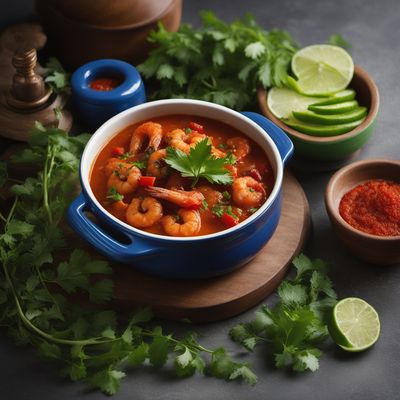
Barbadian-Style Encebollado
Caribbean Delight: Barbadian-Style Encebollado